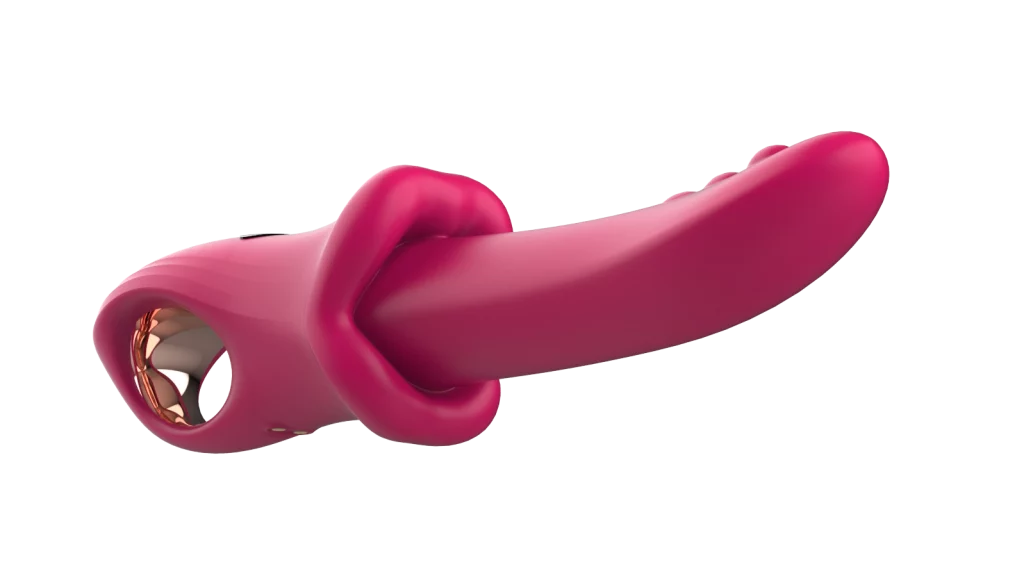![]()
Introduction to Silicone Body Part Mold Making for Humanoid Robot
The 2025 Canton Fair showcased silicone body part mold making for humanoid robot as a cutting-edge niche in manufacturing. Exhibitors presented advanced tools like high-elasticity silicone compounds and precision 3D sculpting molds for realistic human forms. Key materials, such as food-grade silicone, support dual-use molds for soap and medical prosthetics, alongside customizable frameworks for torsos and limbs.
These innovations serve industries from medical rehabilitation to cosplay and crafts, highlighting Guangzhou’s role in connecting technical expertise with global demand. Suppliers emphasized durability, lifelike textures, and compliance with international safety standards, underscoring silicone molding’s growing versatility and applications.
Craftsmanship and expertise are required in the process of making silicone body parts for humanoid robot used across industries like film production prosthetics and unique artworks understanding the tools and materials used is key, to producing top notch outcomes.
What Are Silicone Body Part Molds?
Silicone molds for body parts are long lasting casts that mimic the precise shape and texture of a body part accurately. Crafted from silicone rubber renowned for its flexibility and capacity to capture details. These molds serve the purpose of producing duplicates or casts of body parts for uses like enhancing special effects, in films or crafting lifelike prosthetics.
Why Use Silicone for Body Part Molds?
When making molds for body parts silicone is the choice because of its special qualities. It can capture details well it’s flexible and long lasting too. One great thing about silicone is that it can be used over and again without losing its quality, which makes it perfect, for casting things repeatedly.. The best part? Silicone won’t stick to the model or casting material unless its designed to do.
Essential Tools for Silicone Mold Making
Crafting silicone molds involves using tools that guarantee accuracy and convenience making it crucial to choose the appropriate tools, for creating detailed and precise molds.
Types of Silicone for Mold Making
Different forms of silicone are used to make molds, each with varying characteristics and traits to consider when deciding on the best option for your particular project. Platinum-cured silicones are popular across the industry because they are extremely strong and resist tearing after long periods of time. Tin-cured silicones are also available. May not offer the same level of longevity as platinum-based options. The decision, between these silicone types typically hinges upon the application and characteristics desired in the final mold design. Mold making is very important in humanoid robot, famous company: Boston Dynamic also used silicone as a main material in humanoid robot.
Mold Containers and Support Structures
Molding containers aid in retaining the silicone in shape when it dries as a support structure while curing.If the intention is to create these containers, different material like wood or metal can be utilized.Widely spaced support structures are used in an endeavor to maintain stability of the mold and prevent distortion of any nature that could negate its shape integrity.
Sculpting and Detailing Tools
Artists rely heavily upon tools to perfect the intricate details of both the initial model and the final mold creation process; such tools encompass a variety of fine brushes and dental instruments along with clay sculpturing tools that enable precise addition and enhancement of textures to achieve authenticity in their workmanship. A meticulous approach is taken with these detailing tools to guarantee a representation of every subtle aspect of the original body part, in the mold.
Key Materials Needed for Silicone Body Part Molds
Successful silicone mold-making relies not only on tools but also on the careful selection of specific materials, for each component to ensure the best possible outcomes.
Base Silicone and Catalysts
Manufacturers combine the base silicone, with the catalysts that initiate the curing and the amount of these determines the time that the mold will take to harden and how it will have its properties. Be sure to follow the instructions from the manufacturer in combining these factors to ensure proper curing as well as ensure good performance.
Release Agents and Additives
On the use of release agents in mold creation with silicone material, the application is mandatory to avoid sticking on surfaces when molding. The agents have to be applied on the object to be molded and on any surface that will have contact with the silicone material. The properties, like color or thickness, can be changed by the addition of additives but they must be compatible with the base silicone and catalysts employed in the process.
Safety Equipment
Protective equipment is necessary to avoid exposure to the hazards of working with the materials used in making molds, for instance, silicone and skin irritant additives and fumes that might be inhaled during mixing procedures so gloves and masks are necessary for protection, in this case while ensuring proper ventilation when handling particular chemicals is also necessary.
Knowing these basic tools and supplies is a good start for someone interested in getting into the process of creating silicone molds for body parts whether it’s commercially or for the sake of creative pursuits.
Step-by-Step Guide to Creating a Silicone Body Part Mold
Craftsmanship is key when making a silicone replica of a body part demanding planning and precision throughout the entire procedure outlined in this comprehensive manual.
Preparing the Original Model
Before making a mold for a silicone body part the initial stage involves prepping the model by cleaning and drying it thoroughly to prevent any dirt or moisture from affecting the molding process later on; additionally applying a light release agent can help with easier removal of the mold afterwards is essential too! Proper positioning of the model is key, to ensuring that the silicone flows smoothly and captures all the details accurately.
Mixing and Pouring Silicone
Ensuring accuracy is crucial when blending silicone—follow the manufacturers guidelines closely, in determining the ratio of base silicone to catalyst to use clean containers and tools for mixing to prevent any impurities from affecting the mixtures quality. When combining the materials together smoothly and pouring them gently over the model surface is essential to ensure an even distribution without any air bubbles getting trapped inside. This task might also require brushing or tapping on the mold container to eliminate any air pockets that may have formed during the pouring process.
Demolding and Post-Processing
Once you’ve given the silicone time to cure according to the instructions provided with the product. Gently take out the cured silicone, from the mold container. Be sure to delicately separate the mold from the original model without causing any harm to either part. Post processing tasks may involve cutting off any extra material and smoothing out edges for a polished look. Before moving on to casting, carefully check the mold for any flaws or spots that need fixing
Applications of Silicone Body Part Molds
Silicone molds of body parts find usage in different industries because they can accurately reproduce intricate details.
Medical and Prosthetic Uses
In the field of medicine, these molds play a role in crafting personalized prosthetics that perfectly align with each individuals unique anatomy. They facilitate the production of artificial limbs, facial structures and various other body parts that are vital, for enhancing the well being of patients. Moreover they are utilized in medical training simulations that replicate anatomy to aid in educational settings.
Special Effects and Art Projects
In the world of filmmaking and artistry, silicone molds play a role in crafting special effects makeup and designing fantastical creatures. These molds empower artists to bring to life realistic effects that elevate storytelling by captivating viewers visually. Moreover in endeavors sculptors leverage these molds to sculpt true, to life statues or installations that require precise replication of human anatomy.
CASINDA’s Contribution to Silicone Body Part Mold Making
![]()
CASINDA has achieved progress, in developing new materials and methods for creating molds of silicone body parts for humanoid robot. Since CASINDA has professional knowledge and technology of making silicone products in different industries, you can contact us if you need any.
Overview of CASINDA’s Products and Innovations
CASINDA provides a variety of top-notch silicone designed specifically for molding body parts.Their offerings are renowned for their tear resistance,flexibility and ability to capture intricate details.Some of their groundbreaking products are curing silicone that help speed up production without sacrificing quality.
How CASINDA Enhances the Molding Experience
CASINDA improves the molding process by offering a range of helpful resources like in depth guides and tutorials along with customer service help when needed. Their dedication to research and development guarantees enhancements, in product performance empowering artists and professionals to effortlessly achieve outstanding results.
Masterfully grasping these elements enables professionals across industries to maximize the efficiency of silicone molds, for body parts to their fullest extent.
FAQ
Q: What are silicone body parts for humanoid robot used for?
A: Silicone body parts for humanoid robot are versatile and used for multiple purposes, including medical prosthetics, cosplay, gender affirmation (e.g., breast forms for transgender individuals), theatrical special effects, and realistic dolls.
Q: What materials are silicone body parts for humanoid robot made of?
A: Most silicone body parts for humanoid robot are crafted from 100% medical-grade silicone, ensuring durability, flexibility, and a lifelike texture. Some products may include additional features like padding, stretch fabric, or reinforced edges for comfort.







